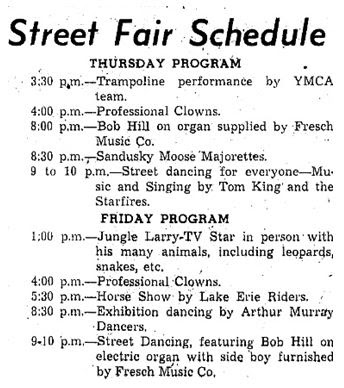According to the September 1860 “Firelands Pioneer,”
Dorastus P. Snow was the first white settler in

A copy of the map of Dorastus Snow's property along Cold Creek in 1823
In June of 1813, while the men were in the fields, the women
and children of the families were attacked by sixteen Odawa (Ottawa) men allied with the British who controlled Fort Detroit during the War of 1812. The women were told they would be taken to Detroit. Mrs. Hannah Snow, however, was physically unable to travel due to an illness (or pregnancy), so she and three of the
children were killed, while the rest of the group was taken to
After life returned to normal at the end of the war, Dorastus Snow married Anna Faulk in 1818, and they had a son named Charles Snow. (After Mr. Snow’s death in 1824, Anna married Philip Cowell, and they had several children.) The Firelands Pioneer lists the children of Dorastus Snow from his first marriage as: Henry, Alanson, Willard, Electa, and Laura.
Charles and Willard Snow are both buried in the Castalia Cemetery of Margaretta Township. The inscription on Willard Snow's tombstone (pictured below) is in memory of his mother and brother who were murdered in 1813. (Though the stone reads 1812, all other sources indicate that the killings took place in 1813.) Willard Snow died on January 22, 1875. He was a Veteran of the Civil War, having served in the 40th Illinois Volunteer Infantry.
There are several accounts of the Snow Massacre. You can
read about it in Lewis Cass Aldrich’s A Standard History of Erie County,

 this blog
this blog






































